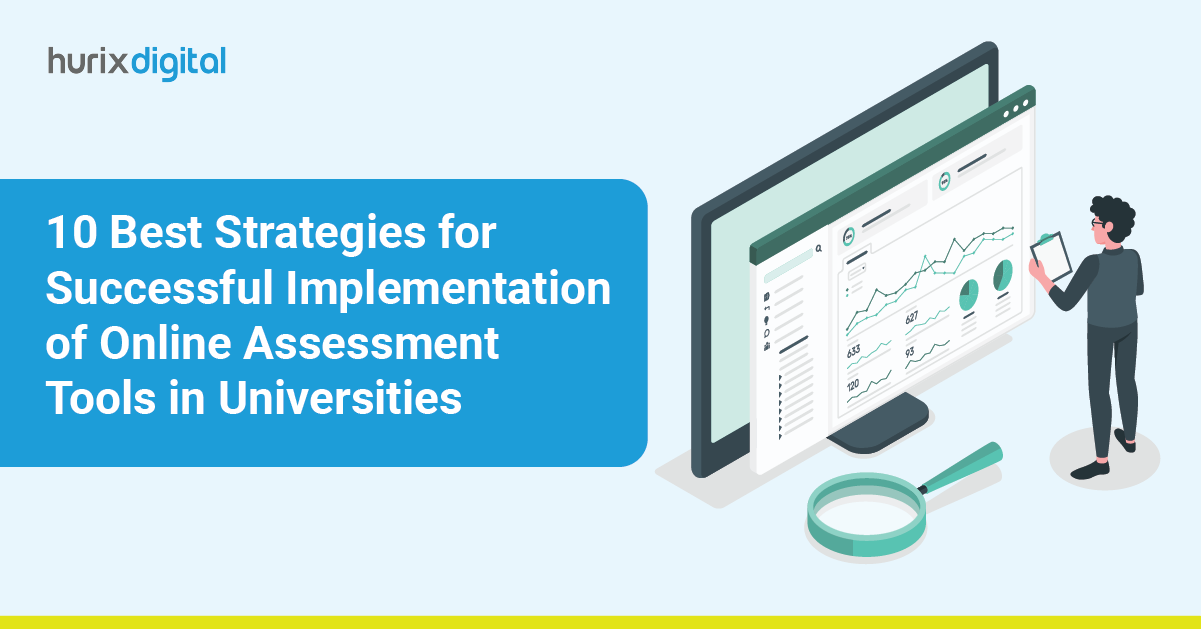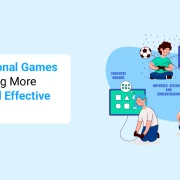
Dive Deep into How Smes and Designers Tailor Assessments for Today’s Learners
Summary
This article explores the crucial partnership between SMEs and instructional designers in creating effective assessments for today’s learners.
In the world of education and professional training, assessments play a fundamental role in gauging learners’ understanding, skills, and progress. Given the rapidly evolving educational landscape, a strong relationship between small and medium-sized enterprises (SMEs) and designers is important in preparing assessments that cater to the diverse needs of modern learners.
Moreover, SMEs contribute considerably when it comes to assessment development, with more and more educational establishments acknowledging their valuable input in preparing assessments using online assessment tools tailored to modern learners’ needs. Similarly, designers also play a significant part in enhancing the effectiveness of these assessments, promoting a rise in learner engagement and retention when assessments are created with pedagogical principles and user experience in mind.
However, crafting engaging, relevant, and aligned assessments with learning objectives can take time and effort. This is where the collaboration between subject matter experts (SMEs) and instructional designers becomes invaluable. In this comprehensive blog post, we will discuss the collaborative process between SMEs and designers in crafting assessments tailored for today’s learners.
Table of Contents:
- Fundamentals of Effective Assessment Design
- The Collaborative Process: SMEs and Designers in Action
- Benefits of Collaboration between SMEs and Designers
- Final Thoughts
Fundamentals of Effective Assessment Design
Before we move ahead with the collaborative process, it’s essential to learn the fundamentals of effective assessment design. Also, different types of assessments serve multiple purposes, including evaluating understanding, measuring skill acquisition, and providing feedback for improvement.
Therefore, to accomplish these goals, assessments should have the following key characteristics:
- Validity: An assessment is valid if it measures what is required to be measured. This means that the questions or tasks must be aligned with your instructional objectives and cover content from your lessons.
- Reliability: A reliable assessment usually produces consistent scores when given under similar conditions. Thus, you can tell whether someone is doing well just by looking at their results at any one time.
- Authenticity: Authentic assessments replicate real-life situations or work contexts that students are likely to face in their future lives. This can help educators more easily transfer skills and knowledge from school into practice.
- Engagement: Comprehensive assessments should always be interesting! Apart from that, they need to grab learners’ attention and make them want to do their best. One way of doing this is by using lots of interactive elements, like multimedia or gamification features.
- Fairness: Every student deserves an equal chance to show what they can do. So make sure your assessments don’t favor any particular group of people over others –– everybody should have the same chance to achieve success!
Also Read: Top 10 AI-Based Assessment Tools for Higher Education in 2024
The Collaborative Process: SMEs and Designers in Action
The collaborative process between SMEs and designers is characterized by mutual respect, communication, and a shared commitment to instructional quality.
Here’s how SMEs and designers can work together effectively in crafting assessments:
1. Define Learning Objectives
SMEs with deep knowledge of the subject take the initiative to spell out specific and measurable learning objectives. These are essential to designing assessments, which may be used to choose the types of assessments to be done.
2. Identify Assessment Methods
Based on the student learning objectives, SMEs and designers together select appropriate assessment methods and online assessment tools. Some of these include quizzes, case studies, simulations, projects, or performance tasks. The purpose of each assessment method is to examine different kinds of understanding and abilities.
3. Incorporate Diverse Formats
To cater to varying learning styles and preferences, there should be a mixture of formats in assessments. This could involve multiple choice questions, summative assessments, short answer responses, essays, multimedia presentations, or hands-on activities. Designers collaborate with SMEs to determine what kind of format and online assessment tools suit both the content being presented as well as the learning objectives.
4. Integrate Technology
In this modern digital age, technology can enhance the effectiveness and accessibility of summative and formative assessments. Designers leverage educational technology tools to create interactive assessments, automate grading processes, and provide instant feedback to learners. SMEs provide insights into the appropriate use of technology within the context of the subject matter.
Benefits of Collaboration between SMEs and Designers
Collaboration between Subject Matter Experts (SMEs) and instructional designers can have many benefits when creating assessments for today’s learners.
Some of them are as follows:
1. Expertise Integration
While SMEs possess deep knowledge in a particular field, instructional designers have pedagogical skills and design knowledge. They collaborate to integrate their separate areas of proficiency into assessments that combine academic excellence with good teaching methods. In this way, the assessments capture the complexities involved in the subject and cater to cognitive skills and learning styles preferred by the targeted audience.
2. Learning Goals Alignment
Effective assessments usually start with clear learning goals. SMEs work together with instructional designers to draft these goals to achieve desired results easily. By relating certain assessments directly to various learning outcomes, students will understand what is expected of them and will become better equipped to demonstrate their knowledge and skills.
3. Diverse Formats for Assessments
SMEs who work together with instructional designers can explore numerous formats of assessments. From traditional exams and quizzes to case studies, simulations, and project-based assessments, selecting evaluation methods becomes easier through this partnership since they should match the content’s nature while appealing to the various learning styles and preferences of students in the modern world. This variety creates a sense of belonging that considers different backgrounds or abilities among learners.
4. Quality Assurance
The joint effort of subject matter experts (SMEs) and instructional designers fosters quality assurance procedures in assessments.
By participating in iterative feedback loops and peer reviews, collaborators ensure that assessments meet rigorous standards such as validity, reliability, and fairness. This process allows for continuous improvement and revision, eventually enhancing the overall quality and effectiveness of assessments.
Also Read: 5 Tips for Creating Engaging Test Questions with QTI Assessments
Final Thoughts
Preparing assessments for today’s learners requires a collaborative effort between SMEs and instructional designers and suitable online assessment tools. By leveraging their expertise and perspectives, SMEs and designers can design assessments that are valid, reliable, engaging, and aligned with learning objectives.
Through clear communication, iterative refinement, and a commitment to instructional quality, SMEs and designers can empower learners to achieve meaningful learning outcomes in diverse educational and professional contexts.
Whether you’re an educational institution seeking innovative eLearning platforms or a corporate entity aiming to elevate employee training programs, Hurix Digital offers cutting-edge technologies and expert guidance to propel your learning initiatives forward.
The comprehensive suite of services caters to diverse needs and objectives, from personalized learning experiences to seamless content delivery across devices. Contact us today to learn more about Hurix Digital’s innovative automation solutions!

Vice President – Digital Content Transformation. He is PMP, CSM, and CPACC certified and has 20+ years of experience in Project Management, Delivery Management, and managing the Offshore Development Centre (ODC).






